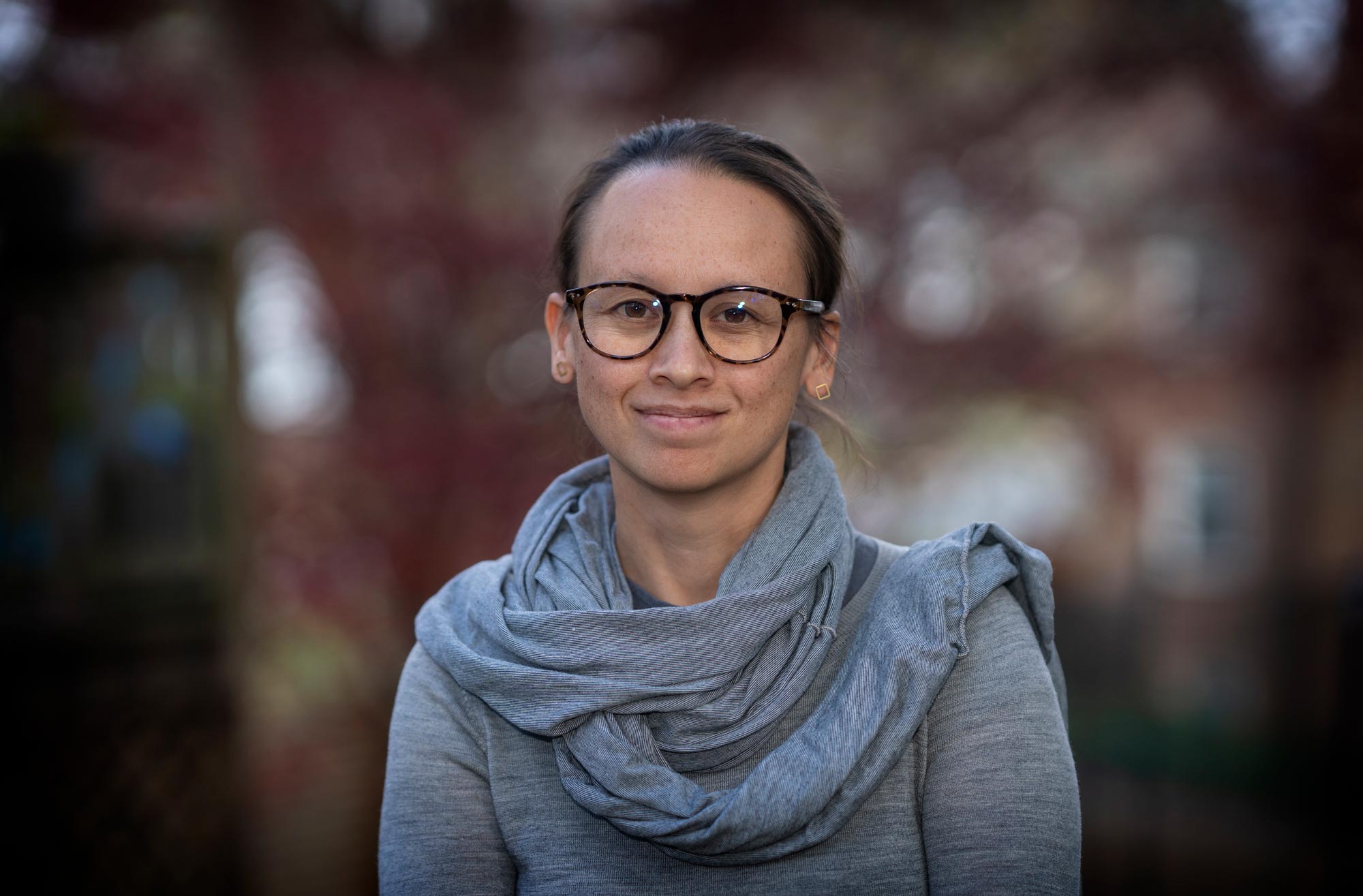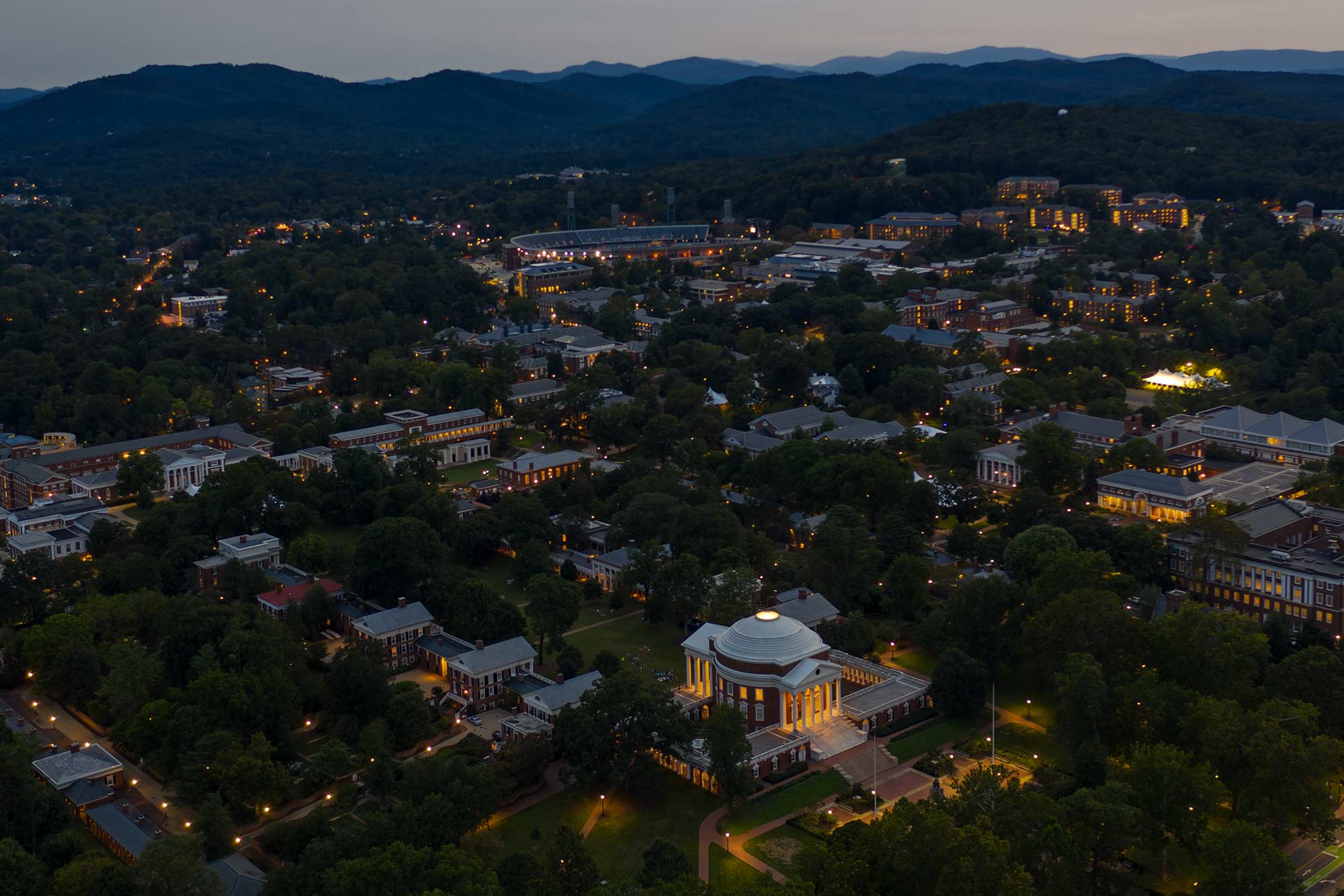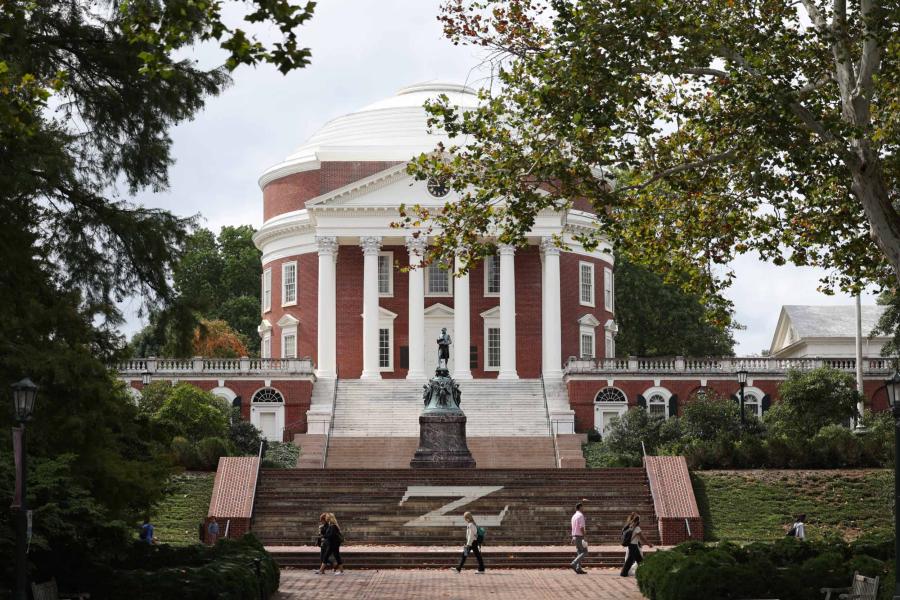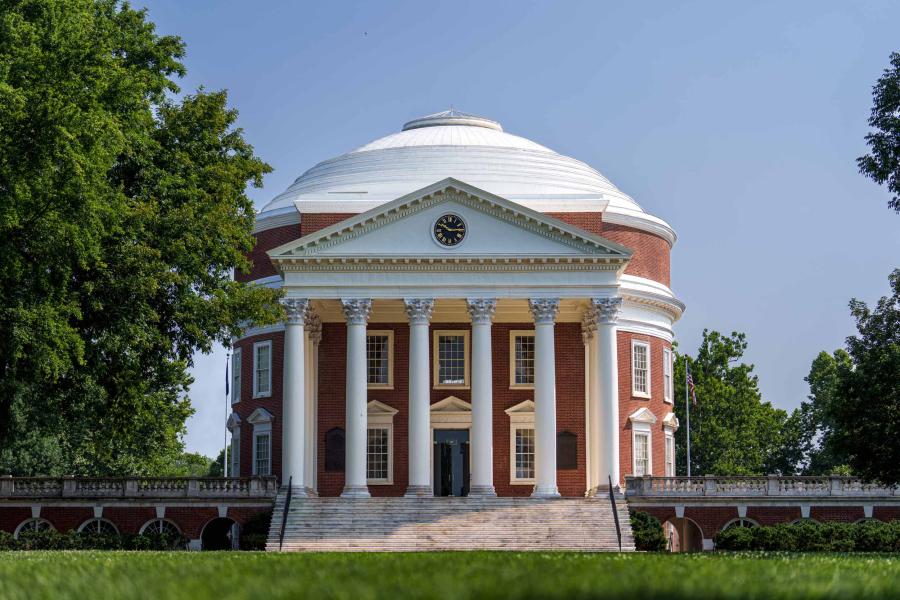The University is reaping rewards for energy reduction.
The University of Virginia has earned U.S. Department of Energy recognition for achieving a 27% reduction in energy use per square foot during the past 10 years.
In 2013, UVA became a partner in the Energy Department’s Better Buildings Challenge, with a goal to reduce the energy use intensity – energy used per square foot – in the University’s buildings by 20% within 10 years. The University, with a portfolio of more than 550 buildings comprising about 15.3 million square feet, surpassed its goal.
“It has been wonderful to be a part of the Department of Energy’s programs because of the connections and resources they provide, such as best-practice sharing sessions across sectors such as commercial and residential case studies, one-on-one support and help promoting our work,” said Samantha Kelly, sustainability special projects coordinator in UVA’s Office for Sustainability.
The Office for Sustainability’s director, Andrea Trimble, joined representatives of other institutions and businesses that achieved their energy reduction goals, including the Commonwealth of Massachusetts, Morehouse College and Volvo Group North America, for a ceremony at the Eisenhower Executive Office Building in October. UVA is also recognized in the Department of Energy’s 2023 Progress Report.
“The University of Virginia has made a dedicated commitment to sustainability, and this achievement marks a significant milestone in our journey toward carbon neutrality,” Trimble said. “Ten years ago, we set out to reduce our energy use, and thanks to our University community, from our students and faculty to our dedicated staff, we did it. We are truly honored to stand alongside other climate leaders and partner with the Department of Energy to advance a just and more sustainable future for us all.”
The Better Building Challenge concentrates on building efficiency.
“This goal was just focused on building energy efficiency and is agnostic of where the energy is sourced, so solar panels did not impact this goal,” said Jesse Warren, associate director of sustainability in UVA’s Office for Sustainability. “The three biggest drivers of energy efficiency improvement over the last decade have been the Building Efficiency Program, more efficient new construction and major renovations, supported by LEED certification requirements, and more recently, the Green Building Standards and central plant efficiency upgrades.”

UVA’s Building Efficiency Program, formerly known as “Delta Force,” reduces energy consumption through retro-commissioning existing buildings. This focuses on increasing the efficiency of building systems such as air handlers, replacing lighting fixtures with more efficient models, , and optimizing control settings.
The Building Efficiency Program projects typically cost between $200,000 and $1.5 million and take no more than two years to complete. UVA energy engineers oversee the process. HVAC technicians, pipe fitters or electricians typically are embedded into the project teams.
The projects are paid for through a revolving fund. Once a project is generating savings, the savings are allocated to pay off the internal loan on the project up to 125% of its original cost. The additional 25% covers soft costs and provides seed money for future projects.

Jesse Warren, associate director of sustainability in UVA’s Office for Sustainability, said the University’s efforts are focused on building energy efficiency. (UVA Office for Sustainability photo)
Another efficiency element is the Sustainable Labs Program, implemented in two research buildings. The program includes lab retrofits and ventilation risk assessments. As laboratories account for one-third of total energy use on Grounds, specialized outreach programs, such as Green Labs Certification and the International Laboratory Freezer Challenge, will help UVA achieve its goal of carbon neutrality by 2030.
In December 2019, the University’s Board of Visitors approved new climate goals, for UVA to be carbon-neutral by 2030 and fossil fuel-free by 2050. These goals build upon the successes of the Board of Visitors’ 2011 and 2013 sustainability resolutions and the University’s 2016-2020 Sustainability Plan.
According to the UVA Sustainability Annual Report for 2022-23, the University has reduced its carbon emissions from 291,117 metric tons of carbon dioxide equivalent in calendar year 2010 to 161,319 metric tons in 2022, a 44.6% reduction.
Media Contact
University News Associate Office of University Communications
mkelly@virginia.edu (434) 924-7291
Article Information
July 8, 2025






